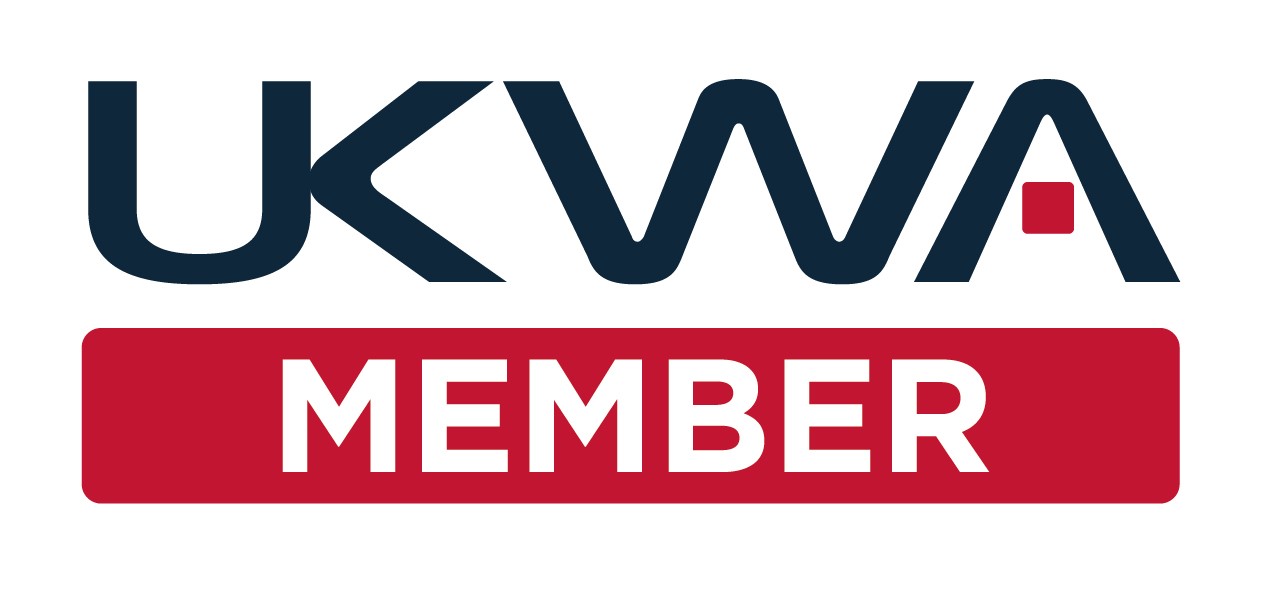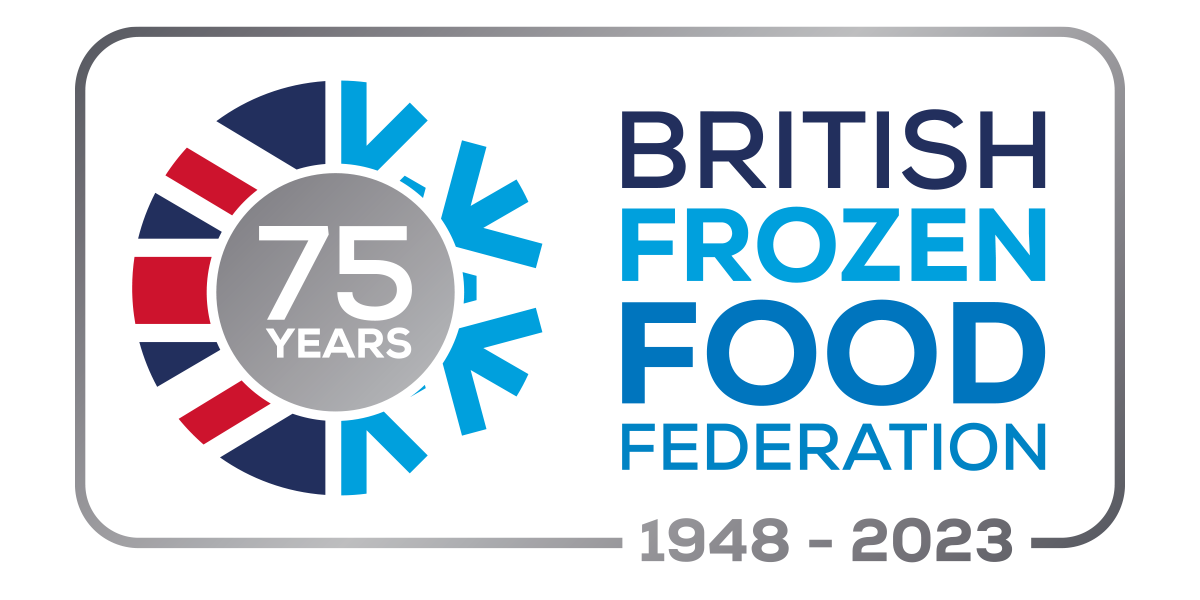What is RF Scanning in a Warehouse?
The latest scanning technology
With ever-increasing competitiveness in the warehousing industry, it is of the utmost importance for the warehouse manager to be aware of the latest cutting-edge technology and to understand the relative strengths and weaknesses of each, to remain ahead of the competition.
Of all the tools in a warehouse, a handheld or fixed barcode or RF scanner is probably the most commonly used, being an essential tool throughout warehouse operations, from receiving to shipping. For that reason, this article explores the usefulness of radio frequency (RF) scanning as an option in warehouse management.
Scanners do not “live” in a world of their own in your warehouse, but are interrelated with all the other advanced technology employed to keep your warehouse functioning at maximum efficiency and capacity.
Constant advancement in scanning technology lays the foundation for further investment in warehouse management technology and employing artificial intelligence for greater efficiency and profitability.
Call us on Ireland: +353 (0)1 683 3333 or UK: +44 (0)161 888 2580 or email us at info@principalsystems.com for expert advice on the latest scanning technology and how to integrate it with the best WMS and ERP software.
What is an RF scanner?
One of the latest developments in wireless scanning in a warehouse is a handheld radio frequency identification scanner (RF or RFID scanner) that communicates with your WMS network via radio waves, rather than the more common scanners using laser or other light technology.
Is RF the same as RFID?
Although there are technical differences, the term RF is commonly used as a shortened version of RFID and for ease of reference, this article will use the terms interchangeably to avoid confusion.
What is the main difference between RFID and RF in warehouse scanning?
Simply put, radio frequency identification (RFID) tags send a complex radio signal with a lot of data, that uniquely identifies the products they are attached to, to the receiver, whereas the term radio frequency (RF) is often used as a general term for radio frequency scanning, including the tags that send much simpler data via a radio signal.
How does RF / RFID work?
Radio frequency identification systems consist of four main components, the RFID tag, antenna, reader (scanner), and a computerised database managed by software applications.
- The RFID tag is a microchip that stores about 256 bits of data, such as product information, quantities, and location. The tag could be “passive” meaning it remains inert until “woken up” by the reader, or “active” by continuously emitting a radio signal that can be picked up by the scanner/reader.
- The antenna, often integrated into the microchip, transmits encrypted data to the reader/scanner.
- In the case of passive tags, the reader activates the RFID tags using a radio wave, receives and interprets the data, and logs the transaction.
- The database stores the data it receives and automatically updates the WMS and inventory management systems.
What is a radio frequency?
Radio frequencies (RF) or radio waves, are essentially electromagnetic fields with long wavelengths, used to transmit information over long distances without wires or cables to or from devices such as televisions, radio broadcasts, smartphones, wireless networks, radar systems, and satellite communications.
Radio frequencies can also be used to detect objects, such as radar, metal detectors, and body scanners, or to control devices such as radio-controlled toys, drones, etc.
Another application of radio frequencies, not relevant to this article, is to generate heat in a microwave oven or other industrial applications.
Radio frequencies are measured in units called Hertz which represent one cycle per second. RFID warehouse scanners most commonly operate at 13.56 MHz.
What is the difference between a barcode scanner and an RF scanner?
Barcode scanners (both CCD and QR scanners) use light sources (such as a laser) to read barcode tags in a line of sight. In contrast, RF (and RFID) scanners use radio signals to collect the information from the tags for real-time inventory tracking from anywhere in the warehouse. RF scanners can be fixed, handheld, or worn around the neck.
RF scanner signals can also be transmitted on a WiFi or mobile network for faster and more reliable transmission.
What is RF scanning used for in a warehouse?
Data capture and tracking
RF/ RFID scanners are used throughout the supply chain process for data capture, receiving and tracking inventory, and fulfilment of orders.
In addition to communicating with the WMS, they also make communication and interaction between the different mobile devices possible, for increased productivity.
Searching for bins, batches, or individual items.
The operator can scan bins for warehouse information, SKUs, product descriptions, quantities, locations, and divisions. It is also possible to enter bin numbers, UPCs, and SKUs instead of scanning the tags.
Picking
Wireless RF technology streamlines the process for greater picking efficiency with less human intervention, movement, and manoeuvring around the warehouse for either item picking or cart picking.
Receiving and recording inventory
When receiving stock items, inventory is automatically updated.
Tracking
Stock movements are easily tracked and new locations are instantly identified.
Updating inventory
Inventory transactions are recorded and the database is automatically updated.
What are the different types of RF scanners that can be used in a warehouse?
Distinguished by radio frequency
Three main types of RF scanners are used, namely low-frequency, medium-frequency, and high-frequency scanners – each suited to a particular task or application and software compatibility, although the most common frequency is 13.56 MHz.
Distinguished by mobility
The other main differentiation is in terms of mobility.
o Handheld scanners, either wired or wireless, are pointed at the tag and at the press of a button, the data is transferred and the worker can move on to the next item.
o Wearable scanners can be completely wireless or connected by cable to a portable device, usually worn around the neck or on the wrist.
o Stationary scanners read the tag from items of various sizes placed in front of them.
o Vehicle-mounted scanners which are fitted to forklifts.
Which is better, RF (RFID) scanning or barcode scanning?
The technical and physical differences between radio-frequency tags and barcode tags give them different strengths and weaknesses, appropriate to different situations and warehouse applications.
Benefits of RF scanning:
- Distance and range. RF tags can be read from greater distances than barcodes, which potentially makes it possible to read them from anywhere in the warehouse, as opposed to close-up scanning with barcode scanners.
- RF scanners do not need a direct line of sight, making it easier to read the tags in awkward places in the warehouse, such as very high or very deep shelves.
- Certain RF scanners can simultaneously read multiple tags for cross-reference, bulk scanning, and greater speed because of rapid scanning and because you don’t need to scan individual tags.
- RF tags can contain multiple categories of data of a more complex nature than barcodes.
- Exceptional security.
o RFID tags contain a unique serial number that cannot be copied or cloned, ensuring absolute authenticity and security.
o They include the option for data encryption and password protection.
o They have a “kill” feature to instantly secure data or prevent unauthorised sequential commands.
o The “kill” function also allows returns and recalls to be differentiated from active inventory.
- RFID tags are both readable and writable, allowing you to edit and update information in real-time throughout the supply chain. This function also makes them reusable.
- RFID tags are generally more durable and better protected than barcode tags and information is not as easily lost due to physical damage or unreadability.
Why should you choose RF scanning over barcode scanning?
Barcodes have become the industry standard because they are accurate and inexpensive, with multiple variations in terms of complexity and applications.
However, there are specific applications where RFID tags and RF scanning would be well worth the additional expense and become preferable to barcodes. Here are a few of those reasons:
- Livestock tracking.
- Applications where greater security and regulatory control are required.
- For high, or multiple levels, of quality control checks, such as for the pharmaceutical industries, perishables, and when fine distinctions of specialist products are important.
- Where additional levels of monitoring and management of productivity or profitability are required.
- Where additional tracking data is required, such as lot numbers, serial numbers, expiration dates, information on how, for how long, why, and where a product was stored in a warehouse.
- To save on labour costs by being able to scan tags from almost anywhere in the warehouse with less human intervention.
- In warehouses with very high ceilings, deep shelving, and vast floor space.
- For managing vast amounts and diversity of inventory that need regular monitoring and tracking.
- When speed and efficiency of picking, monitoring, and tracking inventory and order fulfilment are more important than capital expenditure.
- RF scanning comes into its own when dealing with very high volumes of orders and inventory movement, in particular during seasonal demands or staff shortages.
- They are particularly effective in automatically managing and updating WMS and inventory management across different systems. The RFID tags are scanned automatically as the inventory is moved, supply chain data is updated in real-time and automated confirmation notifications are issued.
- Identifying products with high levels of malfunction or need for replacement or replenishment.
At Principal Logistics Technologies, we can help you compare all the various barcode and RF scanner systems and integrate them with the best WMS software solutions for your warehouse.
Contact us online or call on Ireland: +353 (0)1 683 3333 or UK: +44 (0)161 888 2580 or email us at info@principalsystems.com.

We'll assume you're OK with this, but you can opt-out if you wish.Accept Reject Read More






